5 Wild Weather Control Ideas
5 Wild Weather Control Ideas
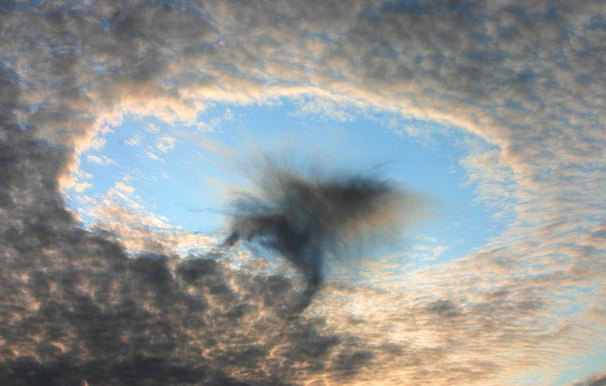
Humans have dreamed of having the power of the weather gods long before fictional James Bond villains began plotting their dastardly deeds. The desire for control over fickle patterns of rain or snow has only increased in a world wracked by climate change — and spawned technologically wild ideas for how people can bend even the most powerful storms to their will.
The ancient idea of rainmaking has dominated weather control efforts in regions ranging from the Middle East to China. But the growing global threat of extreme weather and climate change has inspired some of the smartest and most imaginative people on the planet to create grand plans for nipping hurricanes in the bud or sending suicide drones diving into tornadoes.
Read on to discover some of today's wildest weather control technologies or ideas.
Anti-hail cannon
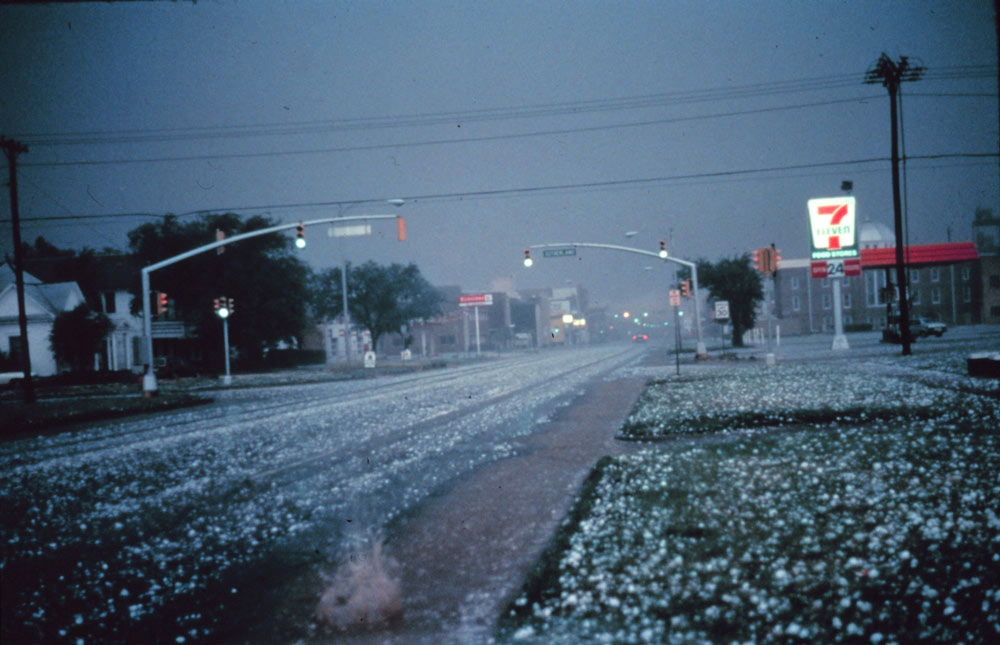
Icy hail can ruin a year's worth of crops within minutes of a storm's arrival. But U.S. patent number 5,445,321 promises a solution — a cannon device that fires shock waves up into thunderclouds to prevent hailstones from forming. Such shock waves would come from an "explosive mixture of combustible gas and air" in the cannon's combustion chamber.
Like many weather control ideas, a big problem comes from making the effect work over large areas. The anti-hail cannon patent envisions firing the cannon about every five to 10 seconds for several minutes to prevent hail over a small area of less than a third of a mile (half a kilometer).
Laser rainmakers
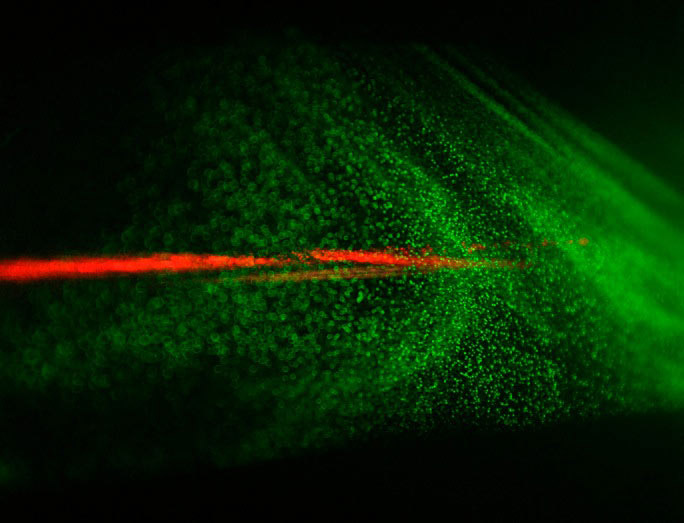
The idea of shooting lasers into the sky to make rain is no longer science fiction — scientists have shown how lasers can trigger the growth of water droplets that could eventually grow into raindrops. The experiments were headed by Jerome Kasparian, a physicist at the University of Geneva in Switzerland, whose team tested infrared lasers over the Rhone River.
Such lasers could act as tomorrow's rainmakers by making "cloud seed" chemicals to form in the atmosphere. But the early water droplets formed by the laser experiments would need to grow in size by 10 to 100 times in order to actually make rain.
Making clouds cry

Humans have not had to rely solely upon praying to the weather gods since cloud seeding began in the 1940s. That technology uses silver iodide (or similar chemical particles) to mimic the ice nuclei that allows for the growth of water droplets and raindrops. Aircraft, rockets or artillery guns deploy the cloud seeding particles in the atmosphere.
The effectiveness of cloud seeding remains controversial. But uncertainty has not stopped states such as California, Utah, Colorado and Nevada from spending money on cloud seeding. Russia has used aircraft-based cloud seeding to keep heavy snowfall away from Moscow, while China fired rockets and anti-aircraft cannons to keep bad weather from casting a shadow over the Beijing 2008 Olympic Games.
Stopping tornadoes cold
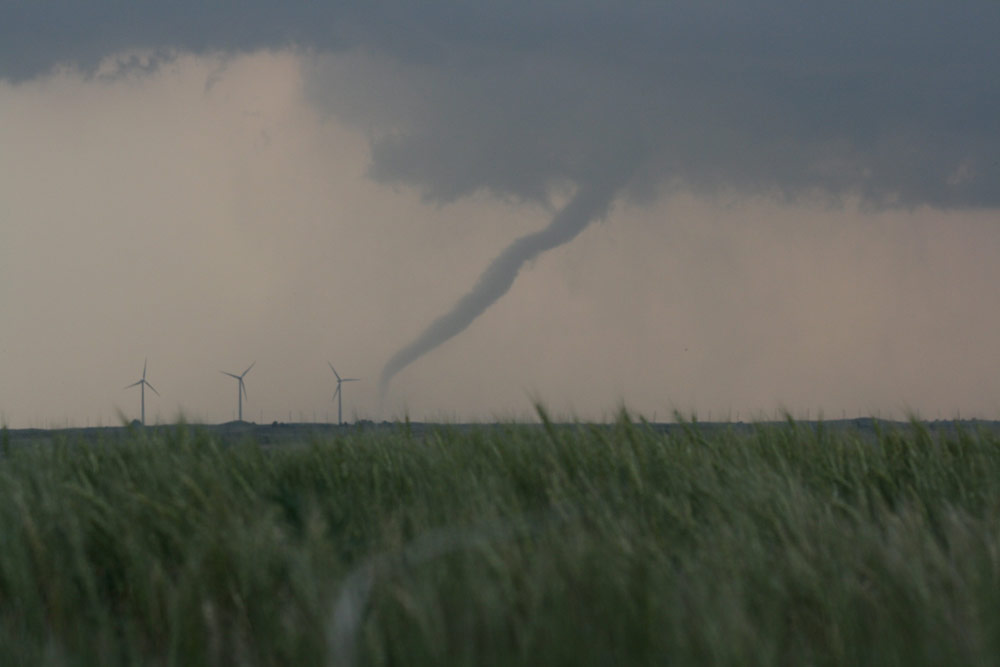
Tornadoes can sound like runaway freight trains and pack a similarly powerful punch as they rip entire towns apart and leave behind millions of dollars in damage. But the terrifying funnel clouds could finally meet their match in the form of a suicide drone releasing liquid nitrogen, according to U.S. patent number 7,810,420.
The idea draws inspiration from the fact that tornadoes rotate based on temperature and humidity differences at different altitudes — a common scenario consists of cold air trapping a rotating mass of warm, humid air beneath it. The patent proposes to disrupt tornadoes by flying a robotic airplane into the low-altitude region of the twister, so that the drone breaks up and releases an ultracold substance to counteract the tornadoes' equilibrium.
Halt hurricanes
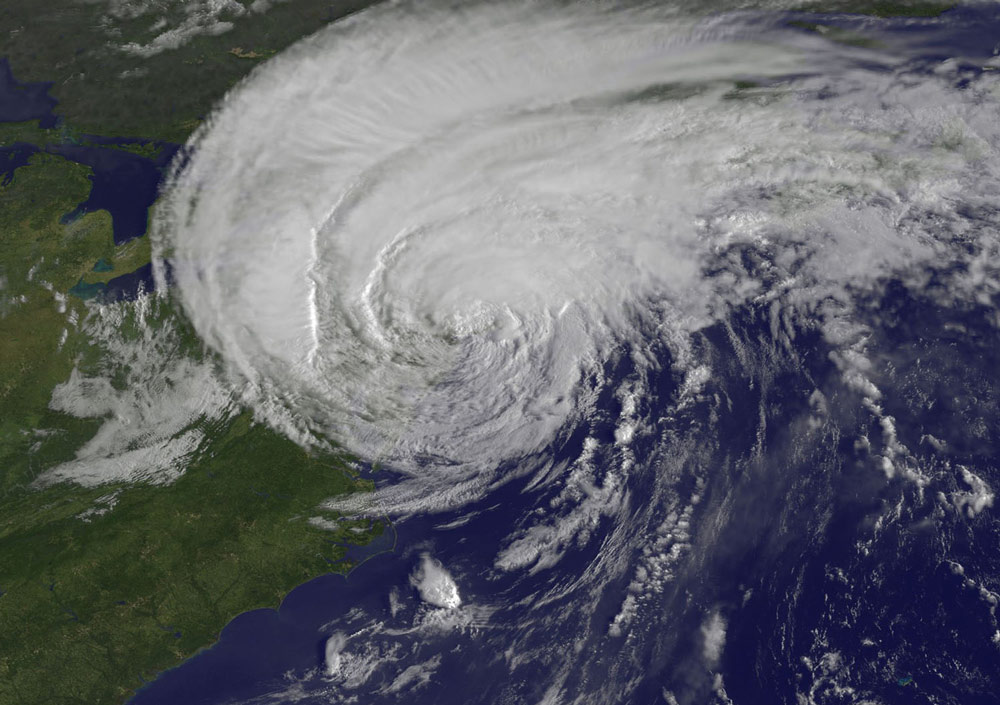
Even Bill Gates, Microsoft founder and billionaire philanthropist, could not resist getting in on the weather control action. Gates and several scientists hold a patent on the idea of weakening or even stopping powerful hurricanes from ever forming — an idea that could theoretically help prevent billions of dollars in storm damage and save lives.
The idea, detailed in U.S. patent number 20,090,173,386, takes aim at the source of hurricanes — heat released at high altitudes from the condensation of rising water vapor. Because such water vapor comes from the warm surface waters of oceans, the patent proposes using fleets of ships to mix warm surface water with colder water from the ocean's depths. That cooling of the ocean's surface would prevent hurricanes from reaching their destructive, self-sustaining stage.
Sign up for the Live Science daily newsletter now
Get the world’s most fascinating discoveries delivered straight to your inbox.











